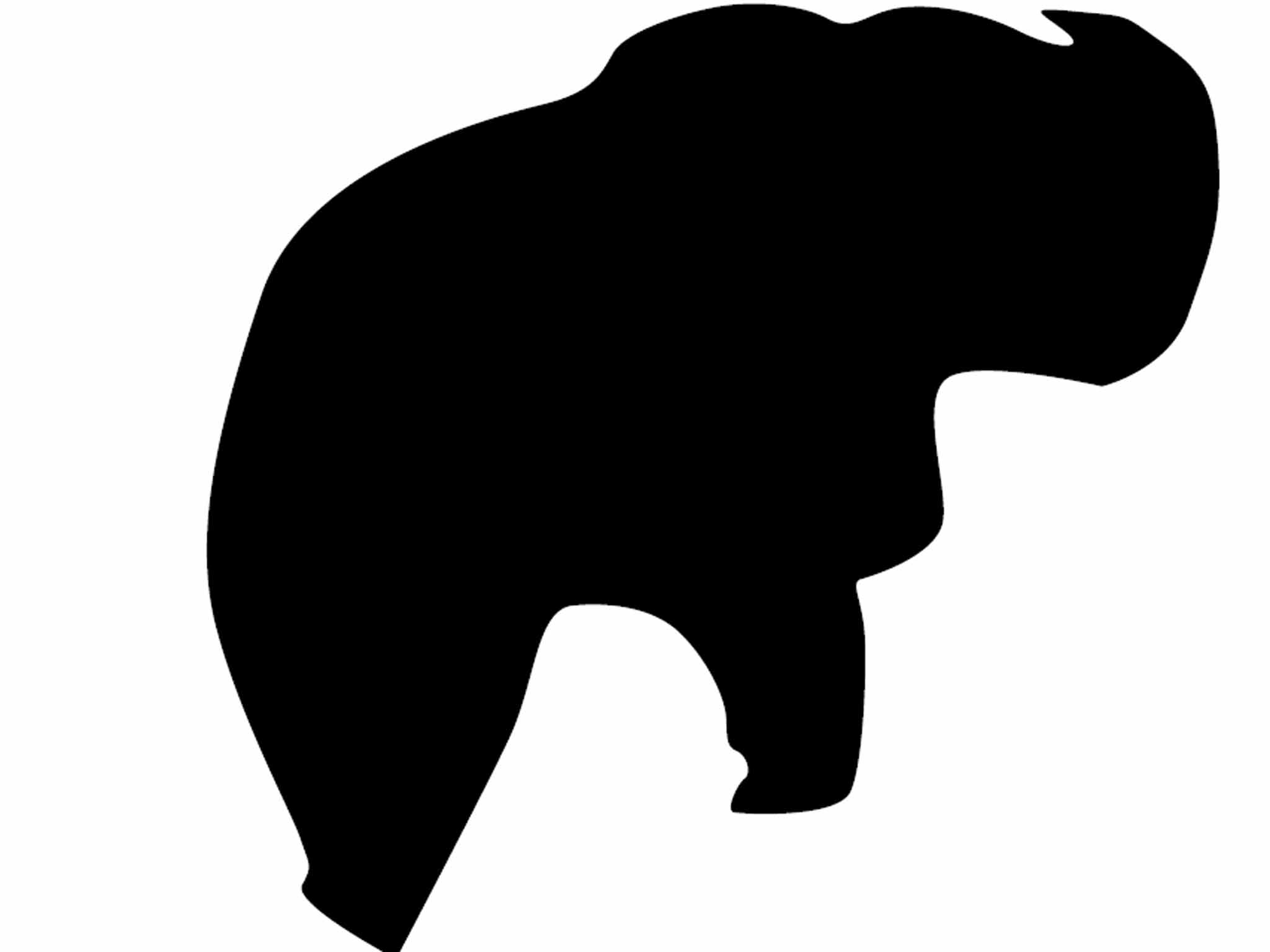Collecting famous people's hair: How much would you pay for Marilyn Monroe's tresses?
As a lock of John Lennon's mane sells for five figures, Jessica Contrera reveals a strange hobby fuelled by scissor-happy opportunists

Your support helps us to tell the story
From reproductive rights to climate change to Big Tech, The Independent is on the ground when the story is developing. Whether it's investigating the financials of Elon Musk's pro-Trump PAC or producing our latest documentary, 'The A Word', which shines a light on the American women fighting for reproductive rights, we know how important it is to parse out the facts from the messaging.
At such a critical moment in US history, we need reporters on the ground. Your donation allows us to keep sending journalists to speak to both sides of the story.
The Independent is trusted by Americans across the entire political spectrum. And unlike many other quality news outlets, we choose not to lock Americans out of our reporting and analysis with paywalls. We believe quality journalism should be available to everyone, paid for by those who can afford it.
Your support makes all the difference.
The haircut was like any other. John Lennon was preparing for his role as Gripweed in the film How I Won the War. The performance was unmemorable. So too was the coif. But on Saturday, nearly 50 years after it was chopped from his head, Lennon's lock of hair sold for £25,000.
The clipping garnered triple the amount the Dallas auctioneers expected – and not because some crazed fan really wanted it for her shrine. The hair was in high demand by professional collectors – because that is an actual business. From Charles Dickens to Justin Bieber, tresses of the famous are bought, sold and touted around the world.
This lock of Lennon's wasn't even the first to go commercial. In 2007, a longer strand – along with a book that he signed for the Beatles' personal hairdresser – sold for £35,000 to an unknown bidder. But Saturday's tress went to Paul Fraser, a British collector who also has an enormous inventory of art, antiques, stamps and coins.
Fraser believes in investing in irreplaceable objects, bucking the “throwaway culture” of today. “We live in an age where few products will see next year, never mind the next century. Your new iPad may cost a fair amount, but it won't survive for long before it is outdated and replaced with the latest gadget,” he once wrote about his love of collecting. “However, a piece of art has immutable quality. It's a real, tangible object that someone has crafted by hand.”

No one has crafted these hairs by hand. They have, of course, grown out of real people's heads, only to be sliced off and squirreled away by opportunistic hairdressers, morticians or zealous fans. Lennon's bandmate, Ringo Starr, once had his hair quickly chopped by an 18-year-old girl with a pair of nail scissors at a DC charity ball.
Fraser doesn't own the Ringo hair, but he does own a half-inch strand from Paul McCartney. He also claims to own hairs from US Presidents George Washington, John Adams and John F Kennedy, Napoleon Bonaparte, Marilyn Monroe, John Steinbeck, Michael Jackson, Katharine Hepburn and Elizabeth Taylor. They're all for sale online: £399 per strand. Want a whole jar of Bieber's trimmings? Fraser's price tag is 35 grand.
That's a pretty sweet deal, depending on who you're comparing the Biebster's mane with. In 2007, hairs from the revolutionary icon Ernesto “Che” Guevara sold for $119,500, along with sets of his fingerprints and photographs. The highest price on a swathe of hair alone came from the head of Elvis Presley. It sold for $115,000 in 2002.
The pursuit of famous hair combines two great pastimes of the human psyche – collection and celebrity obsession – set against the increasing ephemerality of life. As the cultural historian Leo Braudy told Psychology Today in 1995, “We're in the Kleenex phase of fame...We blow our nose on every new star that happens to come along and then dispose of them.”
Braudy gave that quote 20 years ago, way before the advent of social media. Today, big names come and go even faster. And tangible objects like autographs are rarer as young people opt to ask for selfies instead. So to own a genuine artefact from a widely recognised cultural figure – even if it's hair – is highly attractive to some.
“People are interested in owning a piece of history and a piece of famous people,” says the collector John Reznikoff (best known for owning locks of Abraham Lincoln's hair that have little bits of brain on them from his assassination). But the newer strands in Reznikoff's collection may serve as a cautionary tale.
Those whose locks might be worth something one day might want to be careful when selecting their stylist. In 2005, it was discovered that Reznikoff had purchased some of the hair of Neil Armstrong, who was still alive. The first man on the moon had no idea, and the barber earned $3,000 in the deal.
© Washington Post
Join our commenting forum
Join thought-provoking conversations, follow other Independent readers and see their replies
Comments